Venues
Whether in the modern concert halls of the Casals Forum or in Kronberg's historic buildings – Kronberg Academy's concerts offer unforgettable moments for the ears and eyes! Get to know our venues.
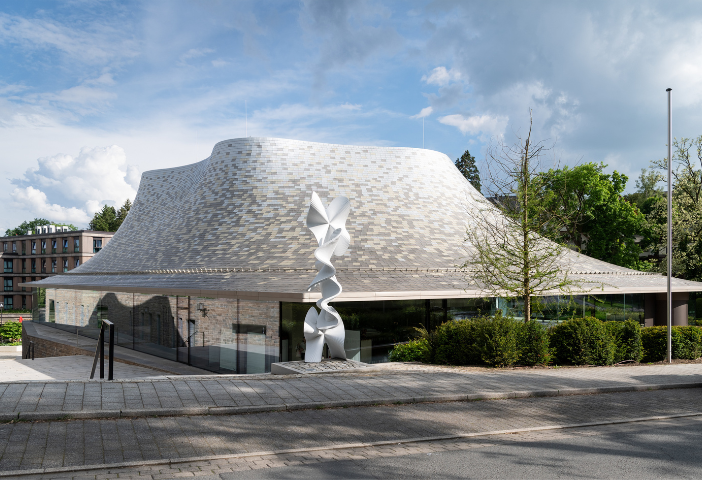
Casals Forum
The Casals Forum is unique in Europe in terms of its shape and size: a pavilion-like, transparent building, the centrepiece of which is the central concert hall as a "wooden treasure chest".
The building was designed by the multi-award-winning firm Staab Architekten from Berlin, which closely involved the renowned acoustician Martijn Vercammen in the planning. In order to fulfil the highest acoustic and aesthetic requirements, the concert hall was given a "free form" with curved convex and concave walls that disperse the sound widely. Inside, the hall is completely lined with wood, the surface structure of which also contributes to optimum sound propagation.
The hall is specially designed to meet the requirements of chamber music. It can accommodate 550 listeners with roughly the same number of seats in a stalls area and a tiered area. This means that the audience is very close to the action in every seat and acoustically "in the middle of the music". The size of the stage is flexible: it is suitable for soloists as well as small ensembles or chamber orchestras. On the outside, the transparent glass façade connects the building to the neighbouring park landscape of Kronberg's Victoria Park.
Address:
Beethovenplatz 1
61476 Kronberg
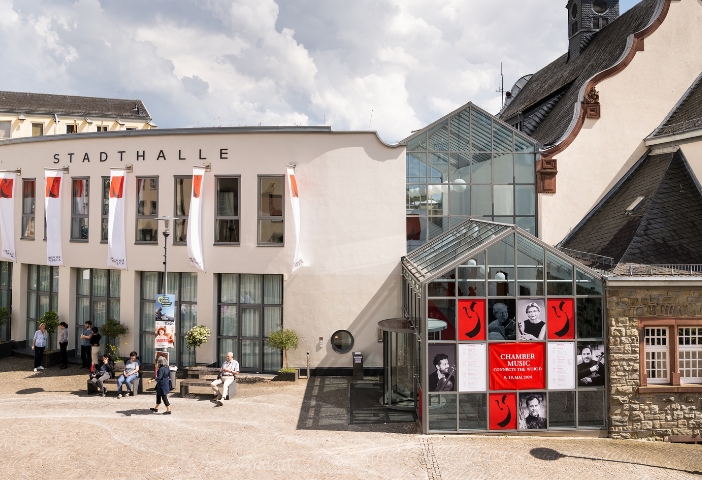
Kronberg Town Hall
Located in the centre of the picturesque half-timbered town of Kronberg is the Town Hall, the historic part of which was built elsewhere in 1907, acquired by the town of Kronberg on demolition and extended in the 1990s to include the foyer and the semi-circular extension. During the Kronberg Academy festivals, it is the venue for masterclasses and lectures. The international violin making fair VioViva Kronberg takes place here every two years.
Address:
Heinrich-Winter-Straße 1
(Berliner Platz)
61476 Kronberg

Receptur
The Receptur, built on the cellar vaults of the medieval Westerburg, dates back to the time of the Electorate of Mainz. Its inner courtyard opens up behind a 16th century archway. The administration of Kronberg Academy was located inside the Receptur from 2002 to 2022. Today, masterclasses are held here during its festivals. The Receptur is home to the Emanuel Feuermann Conservatory, Kronberg Academy's string school for music-loving students from Kronberg and the surrounding area.
Address:
Friedrich-Ebert-Straße 6
61476 Kronberg
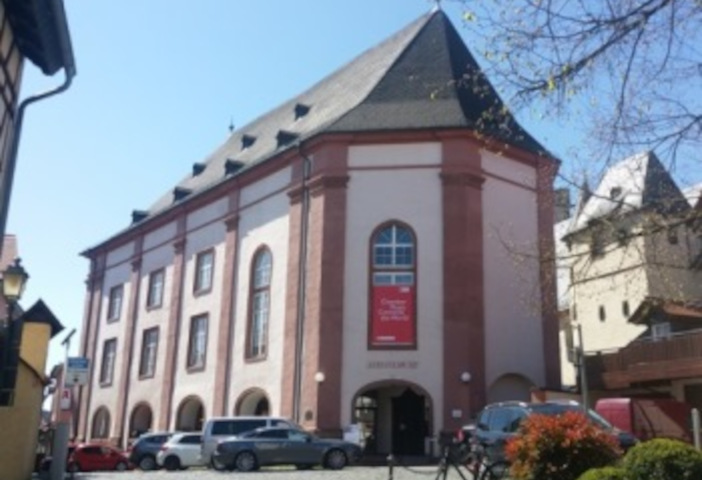
Streitkirche
Alongside the Protestant Johanniskirche, the "Streitkirche" was built in 1737–1739 as a baroque Catholic "counter-church" when the town became part of the Electorate of Mainz in 1704. The building was never consecrated and after the roof tower was demolished, it began to be used for secular purposes. The second floor was home to the Kronberg Academy study programmes until 2022. Since 1993, public rehearsals and masterclasses of Kronberg Academy can be experienced on the first floor in the historic exhibition rooms of Gallery Uwe Opper.
Address:
Tanzhausstraße 1a
61476 Kronberg
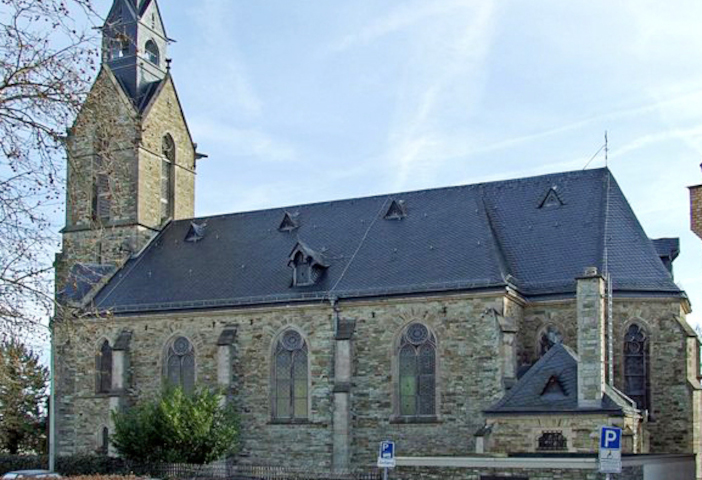
Catholic Church St Peter and Paul
The impressive simplicity of the Catholic Church of St Peter and Paul is hard to resist. It was built in 1876/77 as a Catholic parish church in the neo-Gothic style according to a design by the well-known Frankfurt architect Max Meckel. During the Kronberg Academy festivals, the church is a venue for particularly intimate musical experiences, especially in solo recitals and duo concerts.
Address:
Katharinenstraße 5
61476 Kronberg

Protestant Church St Johann
The late Gothic hall church was built between around 1440 and 1450, incorporating the choir of the previous church (1355). Inside there are numerous epitaphs and a wooden barrel ceiling dating from 1617. In 1898, the church was renovated and the murals were uncovered and added to by Victoria Empress Friedrich (widow of Friedrich III). A funeral service for the empress was held in the church in August 1901. Since 1993, the church has been a favourite concert venue for the artists of Kronberg Academy.
Address:
Friedrich-Ebert-Straße 18
61476 Kronberg
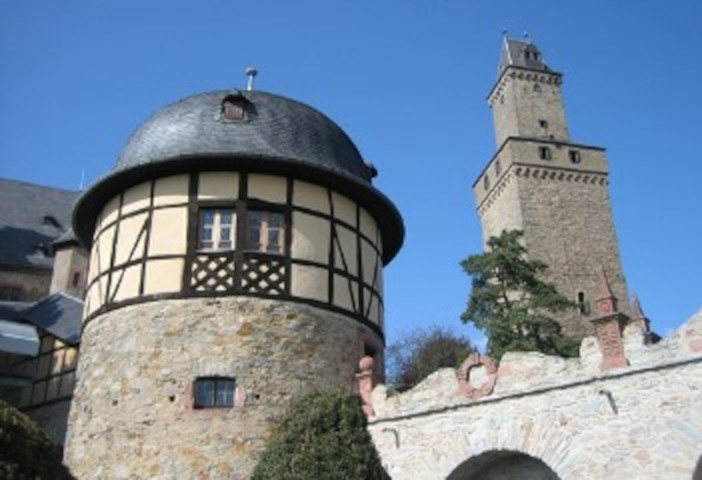
Kronberg Castle
The castle was probably built in the 12th century, offers a sweeping view over the surrounding area from the top of the almost 44 metre high tower, on clear days even as far as the Spessart and the Odenwald. The Prinzengarten probably offers the most beautiful view of the entire town over the rooftops of Kronberg's old town to the skyline of the Frankfurt metropolis. The Kronberg Academy has been organising small concerts in the Wappensaal, which was reopened in 2016, since 1993.
Address:
Schloßstraße 10
61476 Kronberg
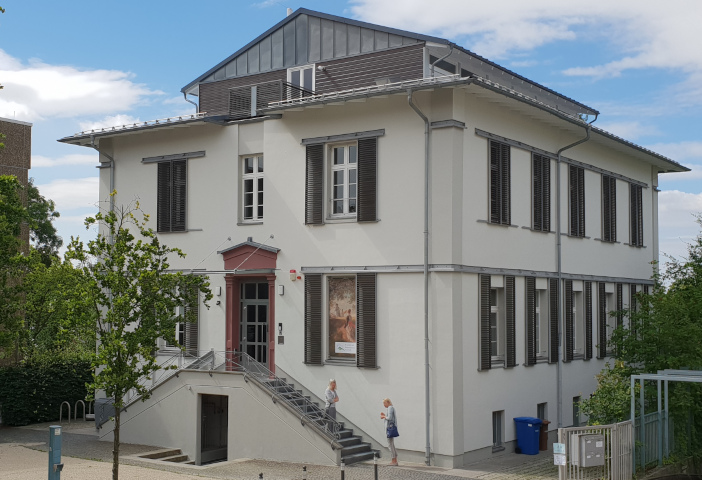
Museum Kronberger Malerkolonie - Villa Winter
The villa was given its current name by the painter Heinrich Winter (1843–1911), a member of the Kronberg artists' colony who lived in this building. Originally built around 1810, the prestigious town house stood in Frankfurt am Main at Neue Mainzer Straße no. 13. In 1870, it had to make way for a breakthrough to Kaiserstraße, was dismantled, transported in parts to Kronberg and rebuilt. It was acquired by the town of Kronberg in 1935. Today it is an art museum and houses the collection of the Kronberg Painters' Colony Foundation. Masterclasses organised by Kronberg Academy are held here on a regular basis.
Address:
Heinrich-Winter-Straße 4a
61476 Kronberg
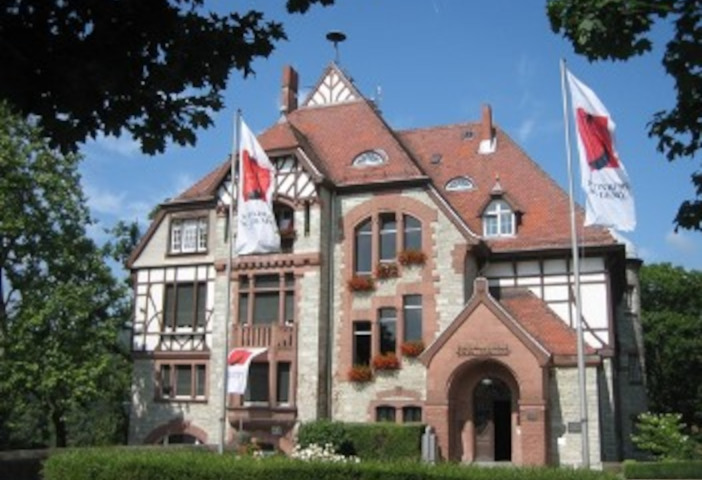
City Hall Kronberg
Between 1901 and 1905, the Frankfurt banker Wilhelm Bonn (1843 - 1910) had the prestigious Villa Bonn built. The building was designed by architect Alfred Löwengard from Hamburg in the style of the time with Art Nouveau elements. An English-style park was laid out around the house. In 1922, the town of Kronberg acquired the property and has used it as a town hall ever since. The Kronberg Academy was repeatedly allowed to use its meeting room for small public concerts.
Address:
Katharinenstraße 7
61476 Kronberg
